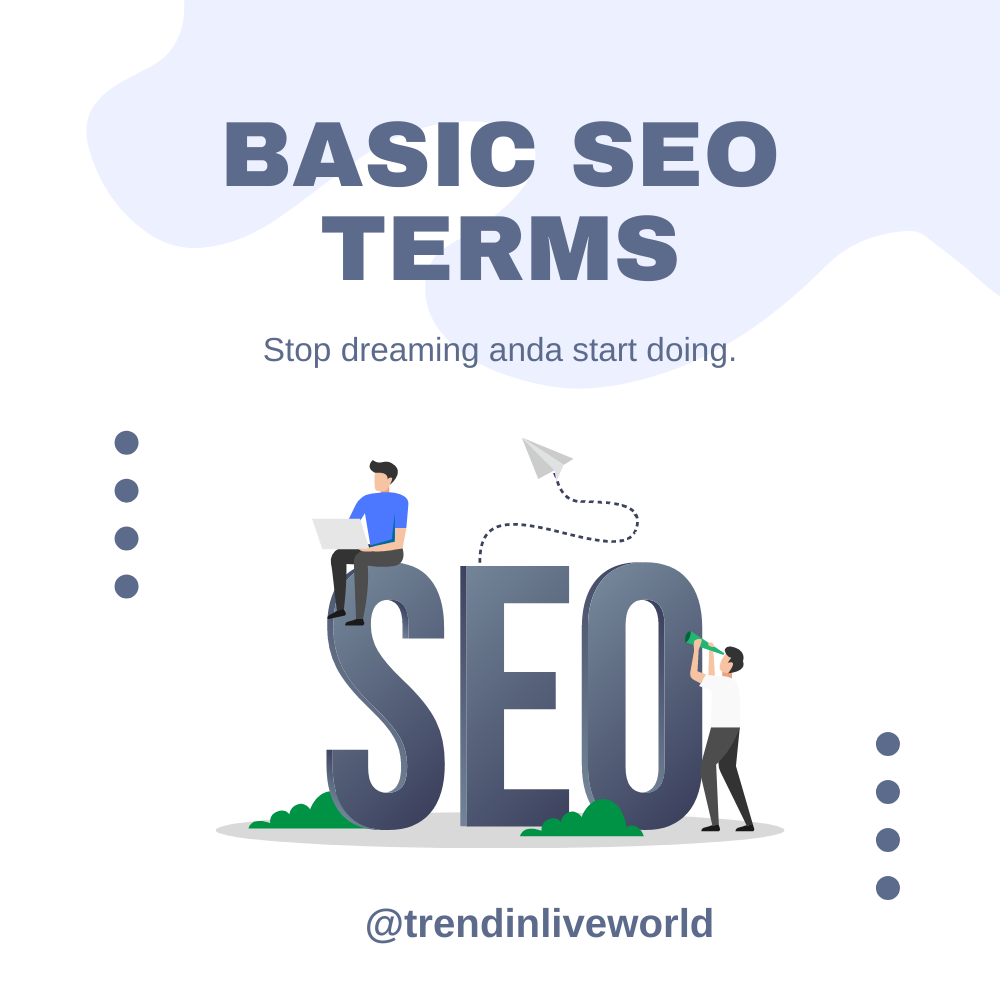SEO is a vast field, and these are just a few essential terms. Familiarizing yourself with these concepts will give you a good foundation to start optimizing your website for search engines. Here is an extended list of SEO terms and definitions that can help you understand the field better:
- SEO (Search Engine Optimization): The practice of optimizing a website to improve its visibility and ranking in search engine results pages (SERPs).
- SERP (Search Engine Results Page): The page displayed by a search engine in response to a user’s query, containing organic search results, paid advertisements, featured snippets, and other elements.
- Organic Traffic: The traffic generated to a website from search engine results, without paid advertisements. It is the result of effective SEO efforts.
- Crawling: The process by which search engine bots systematically browse and discover web pages on the internet.
- Indexing: The process of adding web pages into a search engine’s index/database, making them available to be displayed in search results.
- Algorithm: A set of rules and calculations used by search engines to determine the relevance and ranking of web pages in response to a user’s search query.
- Keywords: Words or phrases that users type into search engines when looking for information.
- Long-Tail Keywords: Longer, more specific keyword phrases that typically have lower search volume but higher conversion rates.
- Short-Tail Keywords: Short, broad keywords that often have higher search volume but higher competition.
- Keyword Research: The process of identifying and selecting target keywords for a website or webpage based on search volume, competition, and relevance.
- On-Page Optimization: The process of optimizing individual web pages to improve their relevance, structure, and content for better search engine rankings.
- Title Tag: An HTML tag that specifies the title of a web page. It appears as a clickable headline in search engine results.
- Meta Description: An HTML tag that provides a brief description of a web page’s content. It appears as a snippet in search engine results.
- Header Tags: HTML tags (H1, H2, H3, etc.) are used to structure and organize content on a webpage. They indicate the hierarchy of headings.
- URL Structure: The organization and formatting of a web page’s URL. A well-structured URL is concise, descriptive, and includes relevant keywords.
- Canonical URL: The preferred URL of a web page when multiple versions of the same page exist (e.g., with and without “www” or with different parameters).
- Alt Text: Descriptive text added to an image’s HTML tag that provides information about the image. It helps search engines understand the image content.
- Internal Linking: The practice of linking to other pages within the same website. It helps search engines discover and understand the website’s structure.
- External Linking: The practice of linking to other websites. It provides additional context and resources for users and can contribute to a website’s authority.
- Backlinks: Links from other websites pointing to a specific webpage. They are an important factor in search engine ranking algorithms.
- Anchor Text: The clickable text of a hyperlink. It provides context and relevance to the linked page.
- Nofollow: An HTML attribute used on a hyperlink to instruct search engines not to pass authority or “link juice” to the linked page.
- Page Speed: The measurement of how fast a web page loads. It is an important ranking factor and affects user experience.
- Mobile Optimization: The process of optimizing a website for mobile devices to ensure it is responsive, user-friendly, and accessible on smaller screens.
- Responsive Design: A design approach that allows a website to adapt and display properly on different devices and screen sizes.
- User Experience (UX): The overall experience and satisfaction that users have when interacting with a website or digital product.
- Site Architecture: The organization and structure of a website,
